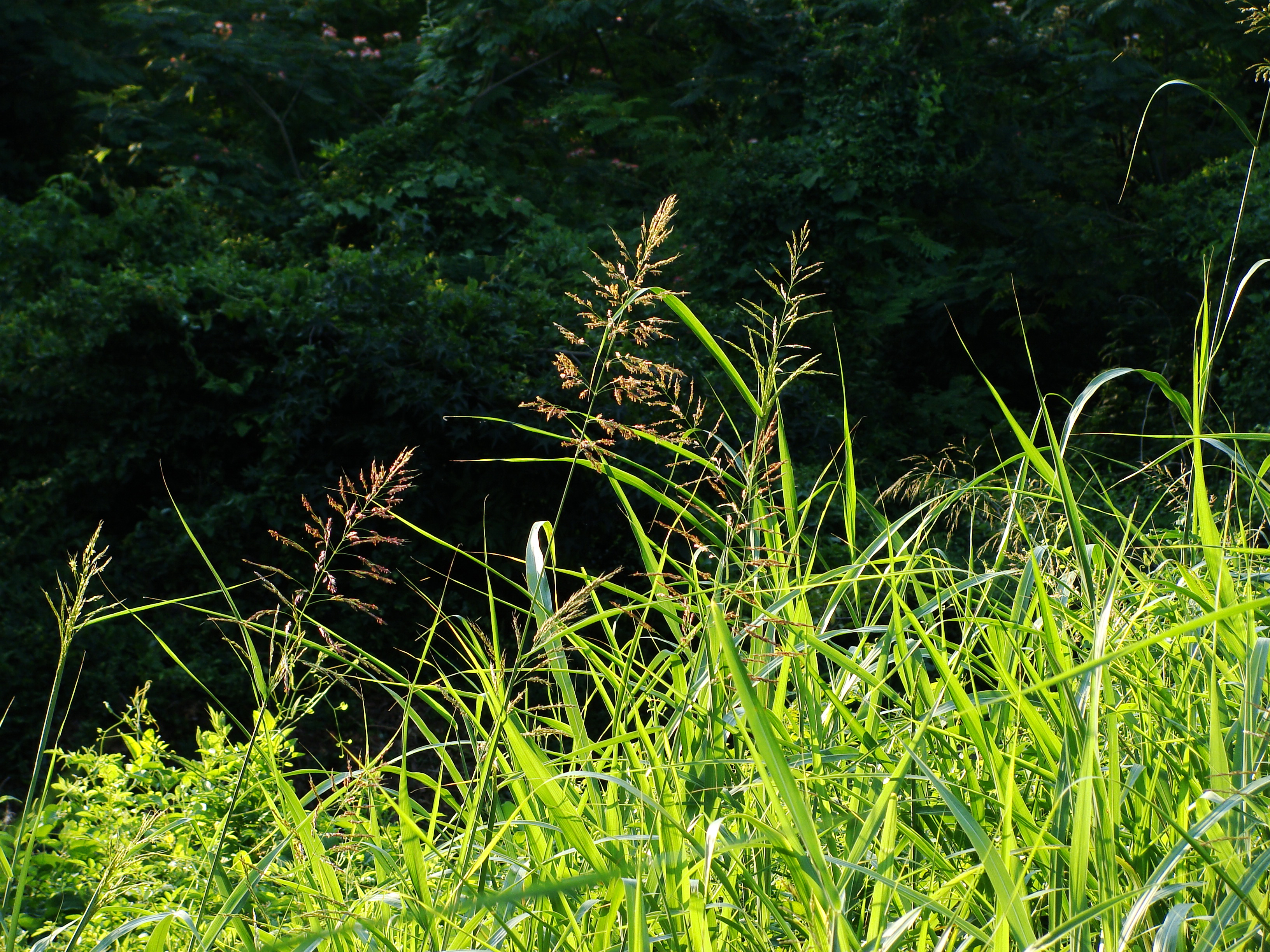Getting a handle on a two-faced grass
By Mary Hightower
U of A System Division of Agriculture
Fast facts
- Johnsongrass introduced in early 1900s as forage, erosion control
- Can be invasive and toxic to cattle after drought, frost
(422 words)
(Newsrooms - with art: www.flickr.com/photos/uacescomm/5939939231 and www.flickr.com/photos/uacescomm/9198629401 )
FAYETTEVILLE, Ark. – Johnsongrass, with its tall seed heads and long leaves popping up everywhere along Arkansas highways, pastures and lots, was introduced to the United States in the early 19th century because it seemed like a good idea at the time.
Nearly two centuries later, the warm-season perennial grass is listed as a noxious weed in more than a dozen states and is banned in Ohio.

“It was introduced around 1830 as forage and erosion control,” said Dirk Philipp, associate professor-Animal Science, for the University of Arkansas System Division of Agriculture. “Johnsongrass can get invasive and noxious across large areas of land.”
It spreads two ways, by seed and by pinkish rhizomes that make it extra difficult to control, he said.
Helped by rain
“Johnsongrass seems to invade bermudagrass pastures that lay relatively wet for some time after a rain and seems to be very competitive under these circumstances,” Philipp said. “In spring, Johnsongrass peeks above the canopy of other grasses and seems to get a head start by just growing taller at this time and later throughout the summer.”
He warned that Johnsongrass can ruin a fine field of bermudagrass from one year to the next, and therefore should be controlled as soon as the situation allows.
Johnsongrass emerges as early as April and grows quickly once daytime temperatures rise and there’s moisture available.
Philipp recommends spraying Johnsongrass when it reaches 18-24 inches high and notes that “looks can be deceiving, so pull up the leaves to see how tall it actually is and a hint: it’s already taller than you thought!”
Sulfofuron, tradename “Outrider”, is recommended for Johnsongrass in bermudagrass pastures at an application rate of 1.3 ounces per acre. A surfactant needs to be added to make it stick to the leaves. The pasture should be sprayed when the winds are calm, usually in the morning, to avoid drift.
“Remember that treated pastures should not be grazed for two weeks after an application and the weeds should not be mowed or otherwise cut,” he said.
Keep in mind that Johnsongrass persists very well due to its root structure, so the chemical has to be translocated to those rhizomes to be effective.
Can be a good forage
The grass, a member of the sorghum family, “is actually a good forage, with some serious caveats,” Philipp said. “It produces prussic acid when stressed by frost or droughts. Prussic acid is toxic to cattle.”
If Johnson grass re-emerges in summer, it can be grazed as control by cattle and control be repeated, he said.
For more information about pasture management, contact your county extension office. Related fact sheets may be downloaded:
- Prussic acid - https://www.uaex.uada.edu/publications/PDF/FSA-3069.pdf
- Common Arkansas Plants Poisonous to Cattle - https://www.uaex.uada.edu/publications/PDF/FSA-3025.pdf
- Recommended Chemicals for weed and brush control - https://www.uaex.uada.edu/publications/pdf/mp44/mp44.pdf
About the Division of Agriculture
The University of Arkansas System Division of Agriculture’s mission is to strengthen agriculture, communities, and families by connecting trusted research to the adoption of best practices. Through the Agricultural Experiment Station and the Cooperative Extension Service, the Division of Agriculture conducts research and extension work within the nation’s historic land grant education system.
Pursuant to 7 CFR § 15.3, the University of Arkansas System Division of Agriculture offers all its Extension and Research programs and services (including employment) without regard to race, color, sex, national origin, religion, age, disability, marital or veteran status, genetic information, sexual preference, pregnancy or any other legally protected status, and is an equal opportunity institution.
Mention of tradenames in this story does not imply endorsement.
# # #
Media Contact: Mary Hightower
Dir. of Communication Services
U of A System Division of Agriculture
Cooperative Extension Service
(501) 671-2126
mhightower@uada.edu
Related Links